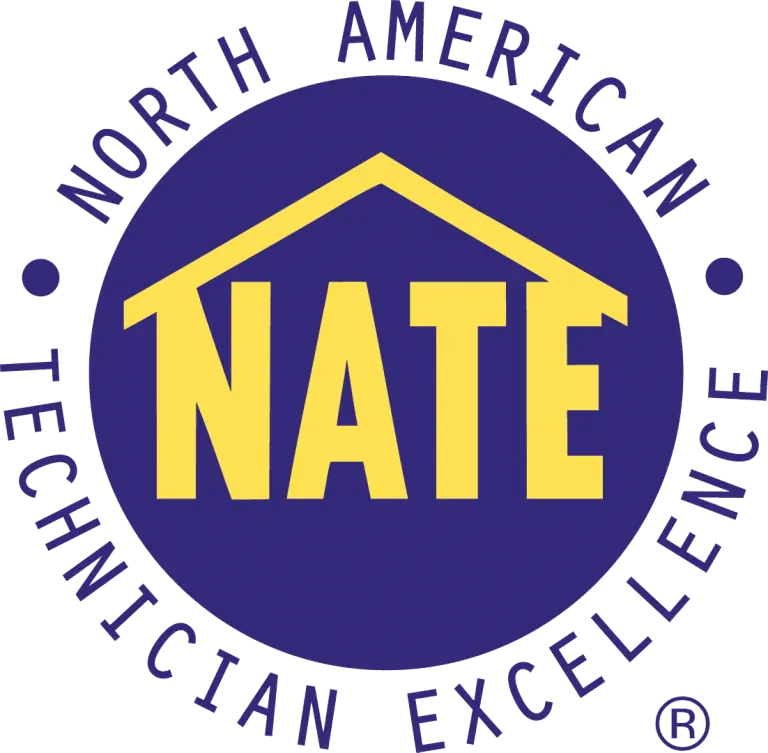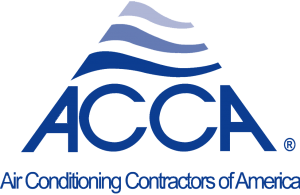Managing the plumbing systems for a chain of commercial locations means you’re likely familiar with grease traps—critical components often found in food-service establishments. Grease traps might seem like small players in the overall plumbing system, but they play a vital role in keeping operations flowing smoothly. Here, we’ll break down what grease traps do, why they’re important, how they can fail, and best practices for maintaining them.
What Are Grease Traps?
A grease trap, sometimes called a grease interceptor, is a plumbing device that captures and contains fats, oils, and greases (often referred to as FOG) before they enter the main wastewater system. When wastewater flows from kitchen sinks or dishwashers, it passes through the grease trap, where FOG separates from the water and rises to the surface. The trap then holds the grease while allowing the cleaner water to flow into the municipal sewer.
Why Are Grease Traps Important?
Grease traps are essential for any commercial kitchen or facility where food is prepared. Without a grease trap, FOG would flow directly into the plumbing and sewer systems, which can cause significant issues:
- Prevents Clogs and Sewer Backups: Fats, oils, and grease don’t mix with water, and when they cool and harden, they can create blockages that restrict the flow of wastewater. Grease traps capture these substances before they solidify, preventing clogs in the facility’s pipes and in the municipal sewer lines.
- Reduces Fines and Compliance Issues: Local municipalities often require businesses to have grease traps installed to prevent FOG from contaminating public sewer systems. Failure to have an operational grease trap or to maintain it properly can lead to fines or penalties.
- Environmental Protection: When fats, oils, and grease enter water treatment plants, they add unnecessary load and processing requirements, which ultimately impacts local water sources. Grease traps help reduce environmental harm by keeping FOG out of the water system.
How Can Grease Traps Fail and Why?
Despite their simple purpose, grease traps can fail, leading to costly repairs, unpleasant odors, and potential shutdowns. Understanding common issues can help you proactively address them:
- Overloading with FOG: Grease traps have a limited capacity, and if they’re not cleaned regularly, they can become overloaded. When this happens, FOG will overflow into the pipes, leading to clogs and backups. Overloading typically results from high kitchen activity or irregular maintenance.
- Improper Sizing: Not all grease traps are suitable for all operations. A small trap won’t handle the needs of a high-volume kitchen. If your grease trap is undersized, it will fill up quickly, and you’ll likely experience more frequent clogs.
- Incorrect Installation or Design Flaws: If a grease trap isn’t installed properly, FOG may bypass the trap entirely. This is often due to improper installation, where FOG is able to pass directly into the drainage system.
- Blockages in the Outlet Pipe: Grease traps contain an outlet pipe that lets cleaner water exit the system and flow to the sewer. This outlet can get clogged if the trap is overfilled or if solid debris makes its way through the trap. A blocked outlet pipe can prevent water from exiting properly, causing backups.
- Temperature Extremes: Grease traps are designed to work within a certain temperature range. Hot wastewater can reduce the trap’s efficiency, allowing more grease to slip through. Cold temperatures can cause FOG to harden too quickly, leading to blockages within the trap itself.
Why Clean and Maintain Grease Traps?
Proper maintenance and cleaning of grease traps are essential to keep them functional and to protect your facility from costly issues. Here’s why you should prioritize regular cleaning:
- Prevent Expensive Plumbing Repairs: When grease traps become too full, they can cause significant damage to plumbing systems. Overflowing grease clogs pipes, leading to expensive emergency repairs and potential downtime.
- Avoid Health and Safety Risks: Neglected grease traps can emit foul odors that impact the facility’s environment. These odors aren’t just unpleasant—they can also affect customer perception and even lead to health code violations.
- Maintain Compliance with Local Codes: Many municipalities require businesses to maintain grease traps to certain standards. Failure to comply can lead to hefty fines, shutdowns, and even legal consequences.
- Improve Grease Trap Efficiency: Routine cleaning prevents FOG from accumulating excessively, allowing the grease trap to perform its job effectively. Regular maintenance also extends the trap’s lifespan, which reduces replacement costs over time.
Best Practices for Maintaining Grease Traps
To keep your grease traps functioning optimally, ensure kitchen staff understand the importance of scraping food scraps, oil, and grease from dishes into waste containers rather than sinks. Proper training helps reduce the amount of FOG entering the trap in the first place.
More importantly, it is recommended to use a professional plumbing service for grease trap maintenance as they provide a level of expertise, efficiency, and compliance that can greatly benefit your facility. Here’s why relying on a dedicated plumbing service is the best approach for effective grease trap care:
- Expert Cleaning and Compliance Knowledge: Professional plumbing services are familiar with local codes and compliance standards for grease trap maintenance, ensuring your facility meets regulatory requirements. They handle all necessary documentation and inspections, helping you avoid potential fines or shutdowns due to improper maintenance.
- Advanced Equipment and Techniques: Plumbing services use specialized tools designed to thoroughly clean grease traps, removing all fats, oils, and grease (FOG) buildup. This goes beyond basic cleaning, eliminating residues that often remain with in-house or DIY methods, which can lead to faster accumulation and eventual clogs.
- Customized Maintenance Schedules: Professionals assess your facility’s unique needs based on kitchen volume and FOG output, creating a tailored cleaning schedule to keep grease traps performing optimally. This customized approach prevents overflows and backups while minimizing disruptions to your operations.
- Reduced Risk of Costly Repairs: Clogged or neglected grease traps can lead to expensive plumbing repairs and potentially disruptive downtime. By regularly maintaining your traps, professional services help prevent issues before they start, ultimately saving you money on emergency repairs and avoiding damage to your plumbing system.
- Safe Disposal of Waste: Licensed plumbing services ensure that all grease and waste removed from traps are disposed of according to environmental regulations, keeping your facility compliant and reducing its environmental impact.
- Improved Operational Efficiency: Having a reliable plumbing service manage grease trap maintenance allows your team to focus on their core responsibilities. With fewer disruptions from plumbing issues, operations can run smoothly, ensuring both staff and customers have a safer, cleaner environment.
Conclusion
Grease traps are indispensable for commercial facilities, especially those with food service operations. By capturing fats, oils, and grease before they enter the main drainage system, grease traps help protect your plumbing, avoid compliance issues, and safeguard the environment. Regular maintenance is the key to keeping grease traps functioning properly. A well-maintained grease trap won’t just keep the pipes clear—it will also help create a safer, more pleasant working environment, save on repair costs, and keep your facility in compliance with local regulations.




